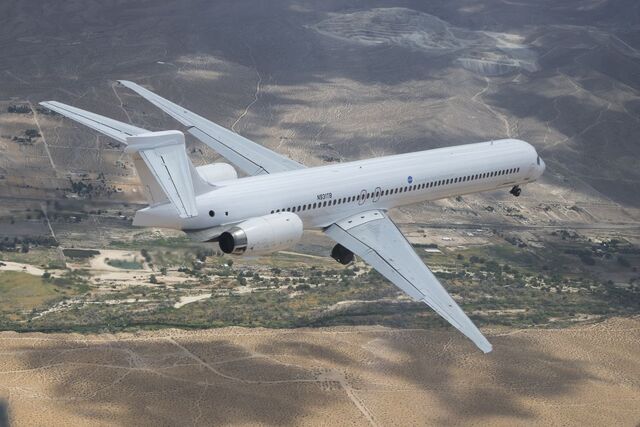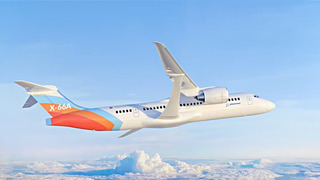 Boeing and NASA announce X-66A
Boeing and NASA announce X-66A
NASA’s Sustainable Flight Demonstrator project hit a new milestone on 15 August 2023, when Boeing flew MD-90 N931TB (msn 53532, former Delta Air Lines N962DN) from Victorville (CA) to its facility in Palmdale (CA), where conversion to the X-66A experimental aircraft will begin soon. For the ferry it used callsign BOE931.
Key modifications by Boeing to the MD-90 will include replacing its wings with a new pair that will be ultrathin braced by diagonal struts with larger spans and higher-aspect ratios. The design concept, known as the Transonic Truss-Braced Wing (TTBW) configuration, promises to be more fuel efficient than today’s best-in-class commercial aircraft. It could lead to reductions in fuel use and emissions by up to 30%. Boeing and NASA have collaborated for more than a decade on the concept through the Subsonic Ultra Green Aircraft Research (SUGAR) Program.
The National Aeronautics and Space Administration-project seeks to inform a potential new generation of single-aisle aircraft. Boeing will work with NASA to build, test, and fly the X-66A, a full-scale test aircraft. The X-66A supports the US goal of net-zero aviation greenhouse gas emissions articulated in the White House’s US Aviation Climate Action Plan, and is NASA's first experimental aircraft for this purpose. 
Modification will begin soon and ground and flight testing is expected to begin in 2028.
Picture: NASA


